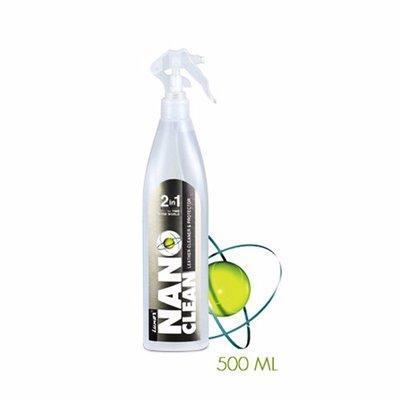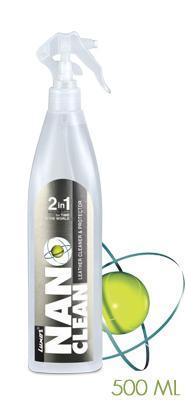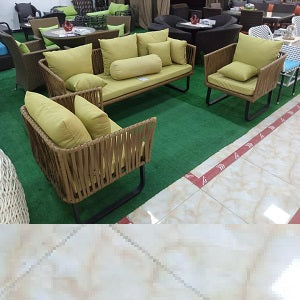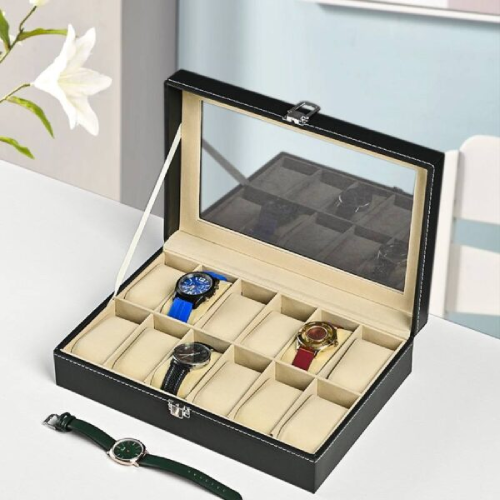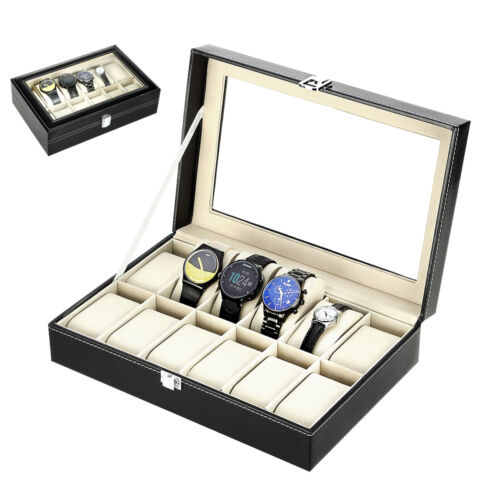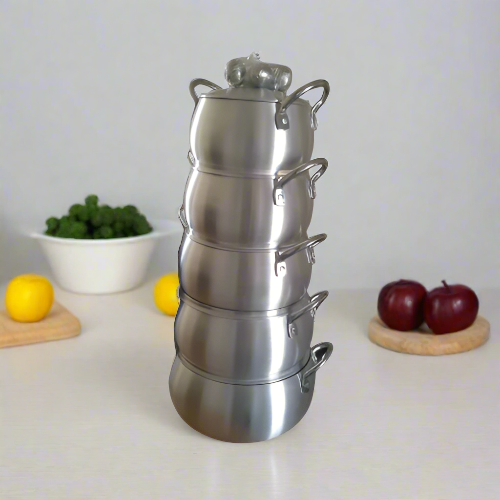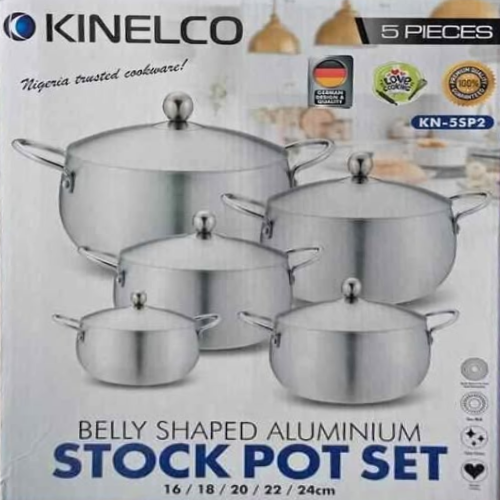Have a pond that's gone to hell? Nothing ruins backyard hangouts faster than that swampy green mess and the smell—good lord, the smell. But here's the thing—anyone can actually fix it without draining the whole disaster and starting over.
People who install Kasco pond fountains usually can't believe the difference—night and day results. Not just looks-wise, either, though that fountain spray does class up the place. The real magic is what happens in the water itself.
What's Going On In There
A pond is alive, right? It's part of an ecosystem. When water sits still too long, it's like never opening windows for a year. Stuff gets nasty fast.
Signs a pond's in trouble:
● Water's green as pea soup
● That SMELL. Everyone knows the one.
● Fish gasping at the surface like they're dying (they are)
● Muck on the bottom thick enough to lose a boot in
● Algae mats so thick ducks could nest on them
The fountain breaks up the still water, bringing in oxygen and pushing out the bad gases. It also stops the hot and cold layers from separating and becoming toxic. It's simple physics, but it works.
Figure Out What You're Dealing With
Don't just buy whatever fountain looks cool. Do some homework first.
Actual Size Matters
Seriously, grab a tape measure. Or pace it out.
● How far around? Walk the edges.
● How deep? Jam a stick in there at different spots.
● Weird shapes? Draw a rough map.
Spray Patterns - Not Just For Show
Different nozzles do different kinds of jobs:
● V-patterns: Best oxygen transfer but less "wow factor"
● Domes: Look decent and still work pretty well
● Tall columns: Look impressive but move less water
● Multi-tier displays: Pretty but inefficient as hell
Gotta decide what matters most - impressing the neighbors or fixing the water.
Actually Installing The Damn Thing
Don't Die Doing This
Water + electricity = bad time:
● GFCI protection isn't optional
● Kill the power at the breaker, not just the switch
● Keep connections high and dry in waterproof boxes
● NEVER work alone around water and electricity
One screwup here could literally be the last. Not worth saving a few bucks.
Put It Together Right
Do it in this order or regret it:
1. Build the float assembly on dry land first
2. Mount the motor according to directions - "hand tight" isn't tight enough
3. Put the nozzle on with ALL the gaskets it comes with
4. Connect power with proper waterproof connections (not electrical tape, for god's sake)
5. Attach mooring lines that can handle storms and don't snap
Skip steps = fishing dead equipment out of the pond next month.
Location, Location, Location
Where it goes matters more than most think:
● Middle works for round ponds
● Widest part for weird-shaped ones
● NEVER in shallow spots under 3 feet
● Keep it at least 50 feet from shore
● Think about wind direction unless soaking walkways sounds fun
Anchoring That Actually Works
Nothing's more annoying than a fountain that won't stay put:
● Shore anchors only work for tiny setups
● Bottom weights should be checked after every major storm
● Use multiple anchor points to keep it from spinning in circles
● Regular hardware rusts underwater in weeks. Not months. WEEKS. Use marine-grade stuff.
Once It's Running
Babysit It For A While
Don't just turn it on and walk away like it's done:
● Hang around for 30 minutes at least
● Listen for grinding, scraping, or anything that sounds expensive
● Make sure the spray looks even, not shooting off to one side
● Check if the float sits level and doesn't tip
● Feel the connections for heat (but don't electrocute yourself)
Problems show up quick. Better to catch them now than after something's fried.
Keep It Running Forever
Most fountains die from neglect, not because they're junk. The difference between two years and ten is maintenance—and it's not even hard maintenance.
Quick Monthly Stuff
Takes like 10 minutes:
● Walk the bank, check power cords for damage
● Clear crud from intake screens
● Look at anchor lines for fraying
● Watch the spray pattern - changes usually mean problems
When Stuff Breaks
Because it will, eventually:
● Spray getting weaker? Clogged intake or nozzle 99% of the time.
● Motor runs but no water moving? Probably a blocked impeller.
● Making weird noises? Usually, bearings go bad.
● Float tipping to one side? Check the anchoring.
● Cutting on and off? Almost always an electrical problem.
Was It Worth It?
Hell yes. A decent fountain transforms that embarrassing swamp into something actually worth looking at. The spray is nice, sure. But not having to apologize for the smell when company comes over? Priceless.
Rushing through installation means spending twice as much money fixing it later. Measure right, buy the right equipment, and set it up carefully. The wallet will thank you.
For giant ponds, just hire someone. Seriously, it'll cost less than replacing all the stuff that gets wrecked trying to DIY something that big.







